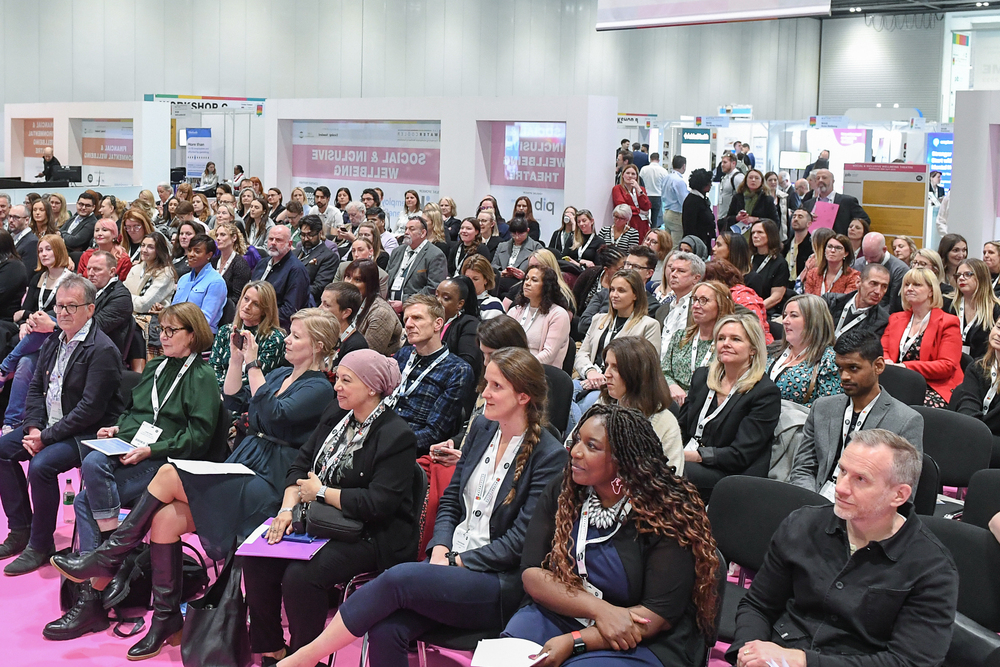The numbers are in, and they’re not pretty (again). HSE figures published in November 2020 (for the 12 months up to March that year) stated 17.9 million sick days – that’s 54% of all sick days – were due to Stress, Anxiety and Depression. The percentages more or less match the previous couple of years; it’s just the numbers are getting bigger. And these don’t even get into the months of COVID uncertainty, furlough and layoffs.
Workplace wellbeing is thankfully talked about much more than it used to be, and increasingly organisations have a programme of some sort in place. But there seems to be an assumption that poor mental health, overwhelm and burnout are inevitable, and therefore the role of a responsible employer is to provide services that can provide support. Hence Employee Assistance Programmes (EAPs), Mindfulness training and Mental Health First Aiders.
All these things are important, and of course non-work factors play their part. But the HSE figures tell us something else too: just under half of those 17.9 million sick days were attributed to being caused by ‘Workload’.
When the problem is caused by the work
What does this mean, then? It means that just under a quarter (23%) of sickness absence from work over the last 2-3 years was caused by the work itself. It means that a decent proportion of employers are asking too much of their people, providing substandard equipment or training, or have processes which require more manual intervention than they were designed to have.
Absence due to poor mental health is not inevitable – it’s the canary in your coalmine telling you that your business is unsustainable.
Let’s look at an example. I recently worked with an account team at a large marketing agency who serviced a High Street bank. They had been struggling to meet their delivery and commercial targets during the previous year and were focused on improving the quality they received from their offshore suppliers. The team had a significant employee turnover, high overtime and a poor reputation within the company.
I interviewed each team member individually and mapped their end-to-end process. Then, in a room full of post-its and snacks (remember those?), we stepped through the process as a full team. What do you think we found?
Obviously (because this case study is designed to support my initial assertion!) we found that the people-churn/high overtime issues were exactly the things that were driving the delivery and commercial challenges. A few examples include:
- Budgeted hours allocations were universally too low, which meant the project was over budget before it had started, and employees felt under pressure to deliver to unrealistic timings. No-one had ever raised this
- Automation put in place to save time during the reporting process did not work as expected and instead resulted in many hours of manual work to ‘tidy up’ the output. Again, this is not only process-inefficient but also demoralising work.
- Other non-value-adding tasks such as repeated data-checking and multiple levels of sign-off contributed to drawn-out timelines whilst adding to the pressure of deadline crunches
- Siloed communication prevented constructive and timely communication of issues, instead contributing to a blame culture
The act of carrying out the workshop with the whole team was the first step in remedying some of the team cohesion issues we identified. Enabling junior team members to have their say, whether verbally in the session or simply through their process steps being on the wall for discussion, began a process where all team members were empowered and expected to contribute to improvement of their own work.
Improvement work streams were owned by those who were affected by the outcome, with senior team members acting as a steering group, and thrice-weekly team huddles around a Visual Management board built a shared understanding of progress and performance.
The positive outcome
Improvements in team stability, communication and delivery timings were realised within three months of the workshop. After one year, the account turned a profit for the first time in three years, to the tune of 25%. Furthermore, a stable team were then able to use the transparency and trust they had built to navigate the challenges of COVID.
All businesses have times when, in trying to get work out of the door to clients or customers, they depend heavily on the commitment and goodwill of their people. People, teams and businesses don’t grow and excel by always doing what is easy and straightforward. But if it’s always like that? If your people are telling you they’re stressed, overwhelmed, burnt out? Then listen to them: because if your canary dies, chances are you’ll be next.
About the author
Tim Sismey is Lead Trainer and Facilitator at Make Work Work Better (https://make-work.work), a certified trainer of the Getting Things Done® productivity methodology for Next Action Associates (https://www.next-action.co.uk
















